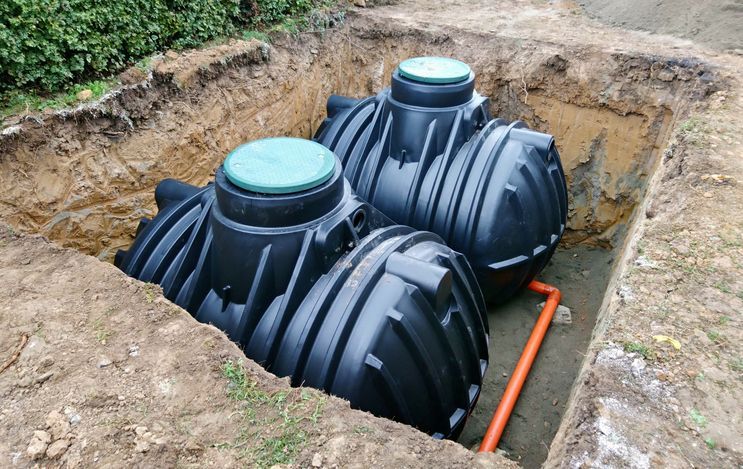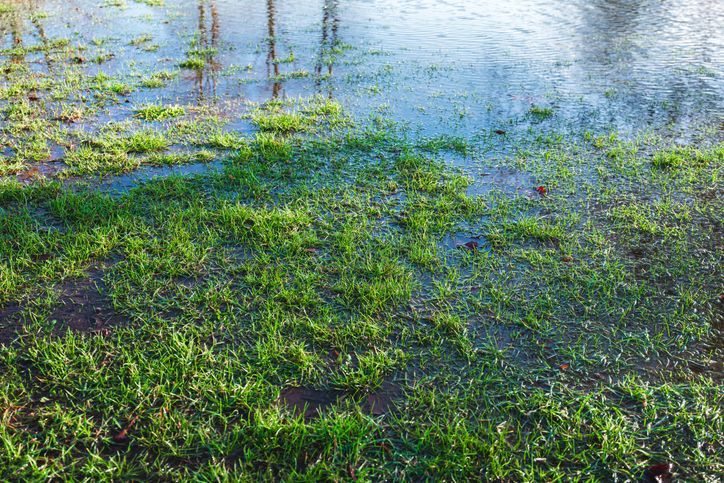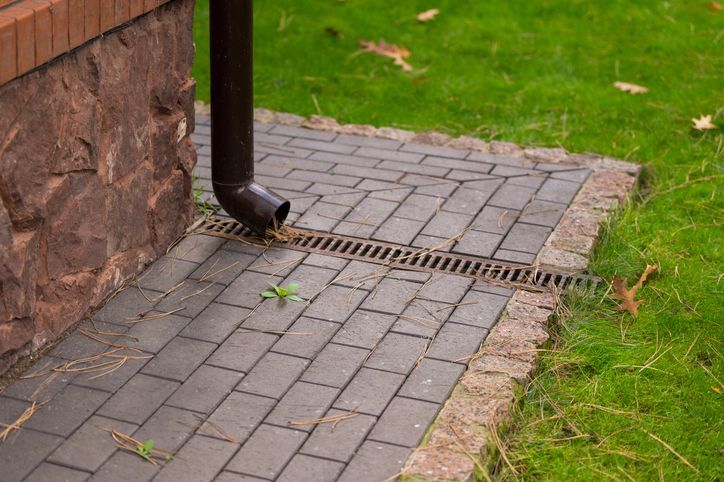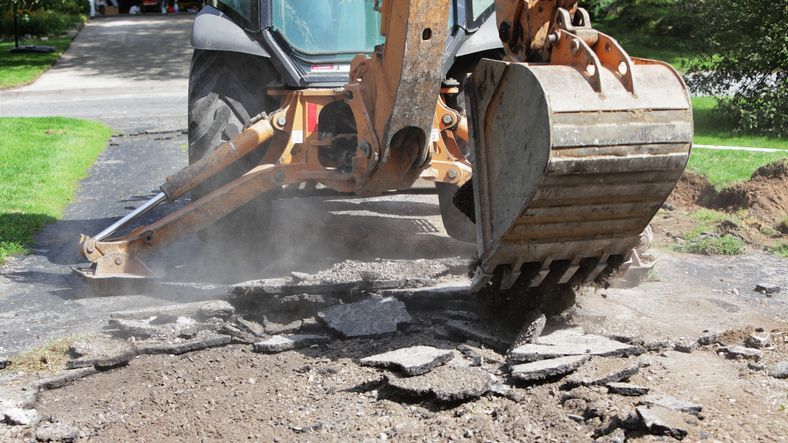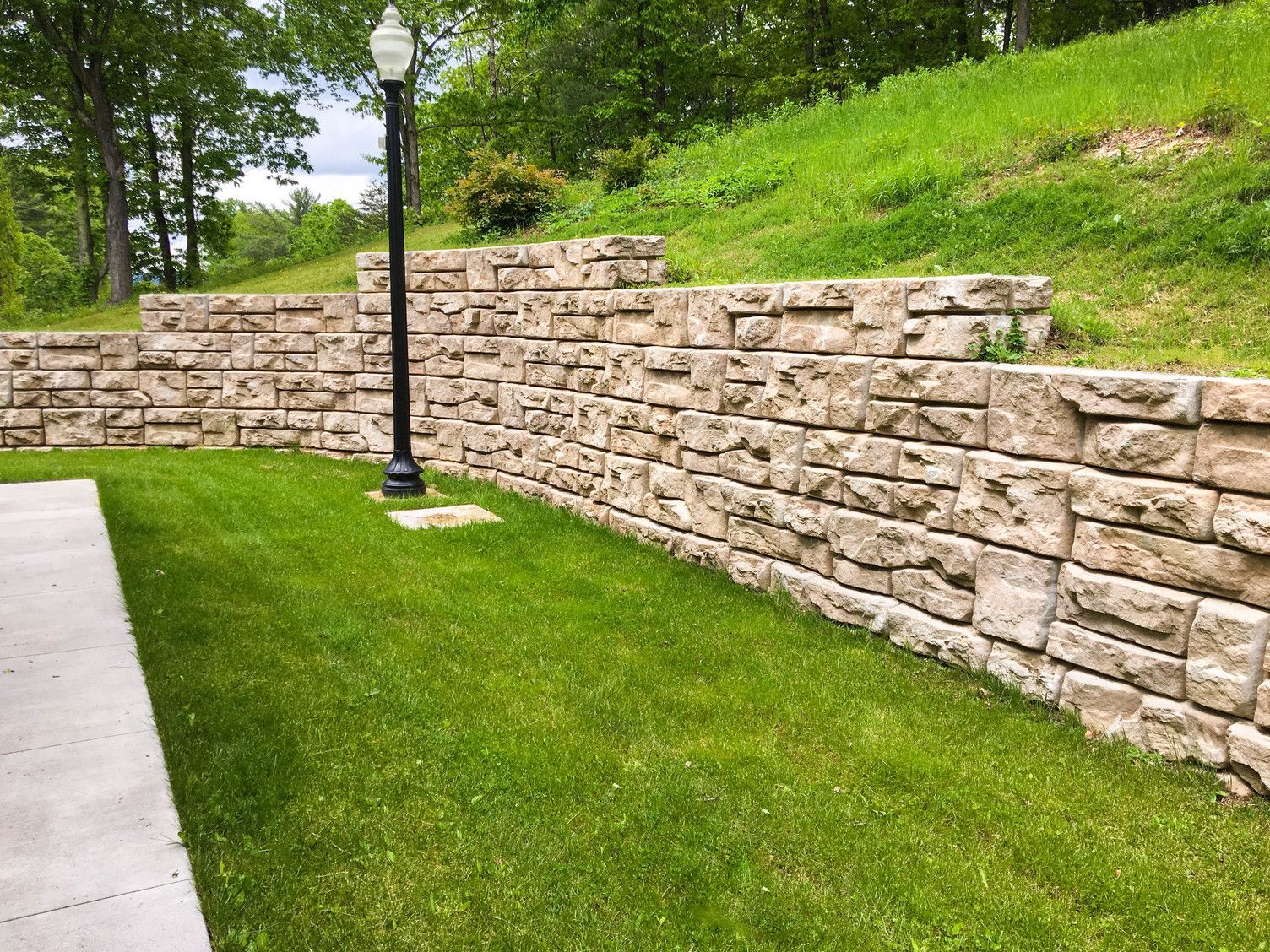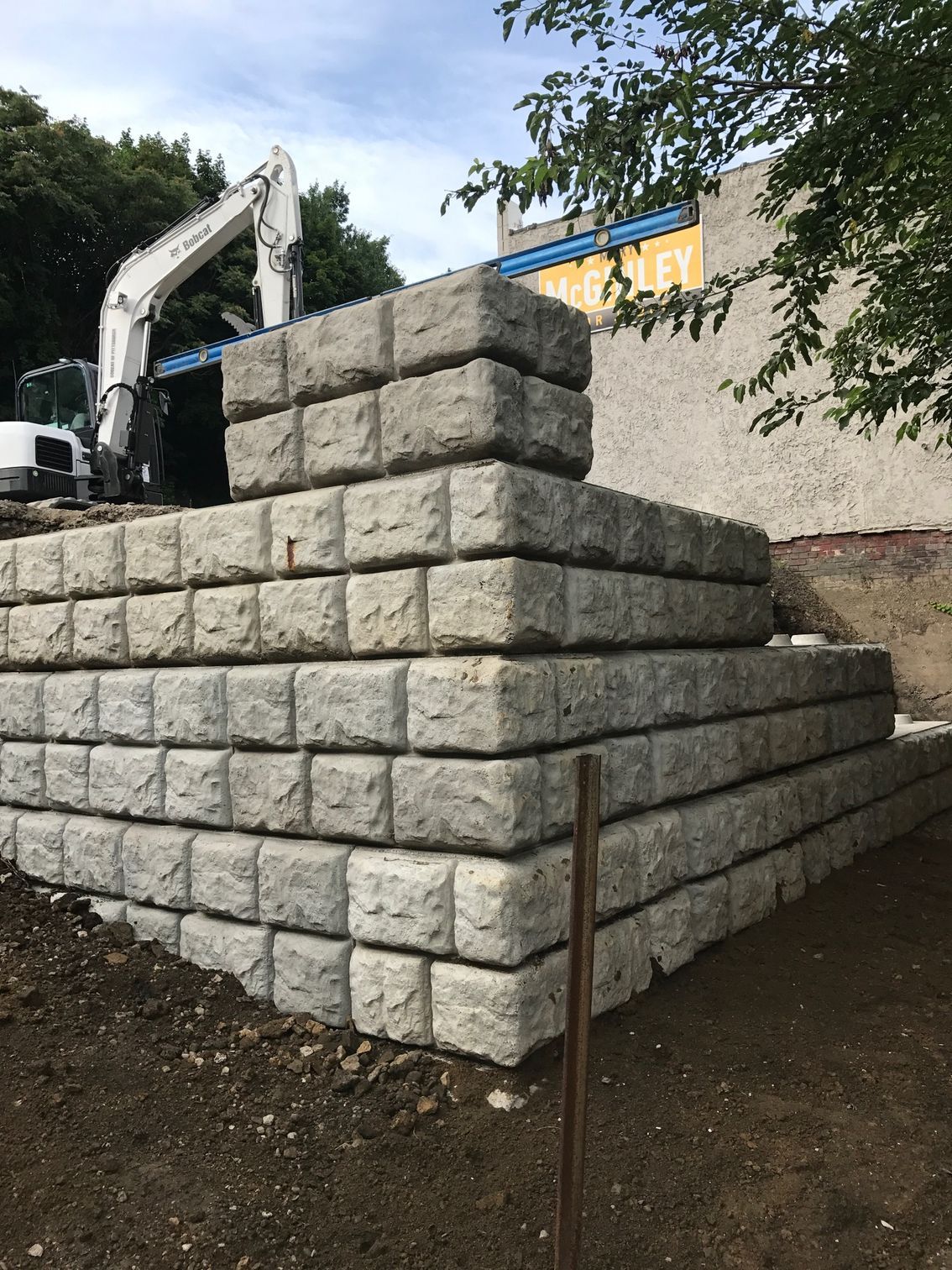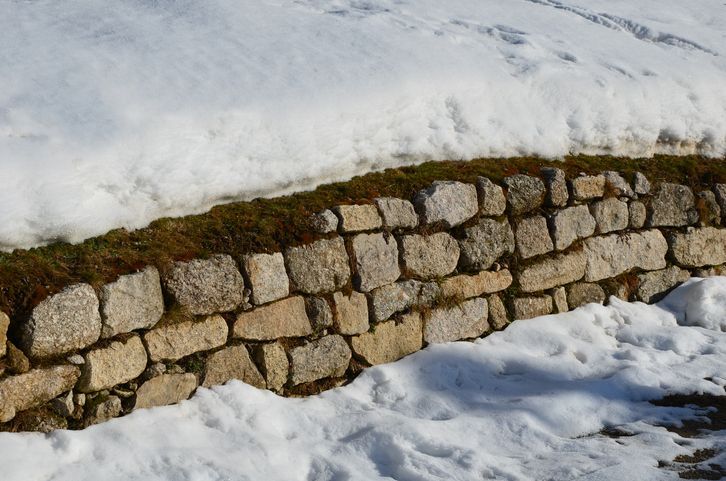Landscape Your Hillside with These Ideas
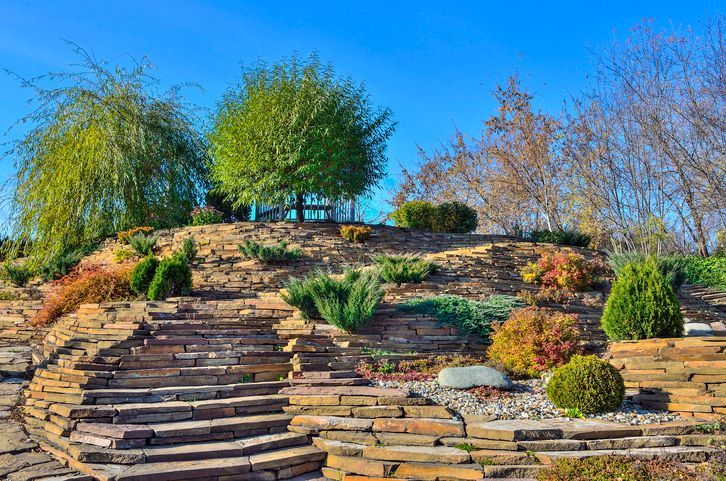
The hillside can often be a daunting, underutilized space for homeowners with sloped backyards. It can also be one of the most striking areas of your property when transformed with thoughtful landscaping. Here, we'll explore a variety of landscaping ideas uniquely suited to hillside yards.
Whether your goal is to enhance the visual appeal, create more functional space, or manage the slope more effectively, you'll find inspiration to help you unlock the potential of your hillside.
The Challenge and the Opportunity
A hilly landscape presents unique challenges. Issues like soil erosion, water runoff, and accessibility can complicate traditional landscaping projects. Yet, these challenges also hide opportunities for truly unique outdoor spaces.
Taking advantage of the slope allows you to create terraced gardens, meandering walkways, or quiet retreats that are impossible on flat land. The key is to design with the natural shape of the hill in mind, letting it guide the flow of your outdoor environment.
Creating Terraces with Stone
Building stone terraces is one of the most effective ways to manage a hilly landscape. This combats erosion and creates a series of garden beds that step down the hill, perfect for showcasing different plants and shrubs. Whether you opt for the rugged, natural look of fieldstone or a more formal appeal with cut and polished slabs, stonework provides aesthetic appeal and structural stability.
Adding a Walkway
A well-placed walkway can transform a steep incline into a charming hillside garden walk. Not only does this make the space more accessible, but it also draws visitors through the landscape in a way that highlights its natural beauty.
Flagstone, brick, or pavers offer various walkway options that complement your home's style and the surrounding flora.
Terracing for a Vegetable Garden
Imagine having your own hillside vegetable garden for the ultimate sustainability and organic living. You can create an ideal growing environment by terracing the slope and building raised beds. The vertical space also allows for more efficient land use, maximizing your planting area while minimizing the need to navigate tricky slopes when tending your crops.
Trees and Shrubs for Color and Texture
Planting various trees and shrubs is essential to anchoring the soil and preventing erosion. But it's not just about function—selecting a diverse range of flora offers an explosion of color and texture that transitions gracefully with the changing seasons. Evergreen trees provide year-round structure while flowering varieties can bring a riot of color to your hillside.
Rock Gardens for Low-Maintenance Beauty
A rock garden can be a practical and beautiful solution in areas with a particularly steep slope. This low-maintenance option features carefully curated rocks and native plants that thrive in challenging terrain. The result is a natural, serene space that requires minimal upkeep and blends effortlessly with the surrounding environment.
Adding Retaining Walls
Retaining walls serve a dual purpose in hillside landscaping—providing stability and creating a focal point. They're ideal for structuring the space into more manageable, level planes. These walls can be crafted from various materials, from traditional concrete to wood, or even the same stone used for terracing, ensuring they complement the overall design scheme.
By adding a retaining wall to your Pittsburgh landscape, you can create a usable living space where you can have a patio installed. This gives you an area to place a fire pit or outdoor dining set, giving you a place to relax with family and friends.
Land Grading for Function and Aesthetics
Sometimes, the best way to utilize a sloped yard is to reshape it entirely. Land grading involves shifting the earth to create more level areas or to direct water flow away from your home. Grading can be a significant project, but it offers a clean slate for the design of your outdoor space, allowing you to create a beautiful and functional yard.
Can I Grade My Land Myself?
Land grading is a complex and technical process that requires proper equipment, expertise, and knowledge of local regulations. It's best to hire a professional for this task to ensure it's done correctly and safely.
However, if you have experience with heavy machinery and land grading techniques, you may be able to tackle this project yourself.
Why Should I Work With a Professional to Transform My Sloped Backyard?
Working with a professional landscaper or designer can help you overcome the unique challenges of a hilly landscape. They have the knowledge and experience to navigate issues like soil quality, water management, and plant selection, ensuring your hillside transforms into a beautiful outdoor oasis.
Transformative Hillside Landscaping
By combining these ideas, you can completely transform a challenging hillside into many functional and beautiful spaces. Each element—stone terraces, walkways, gardens, and walls—plays a crucial role in harmonizing with the land's natural shape.
With thoughtful design and careful execution, your hillside can become a highlight of your property, reflecting the unique character of your home and your own personal style.
Work with J Bird's Landscaping Today!
Landscape design for a hillside requires a delicate balance of creativity and engineering. It's a space that demands respect for the natural world and a practical approach to its challenges. By incorporating the ideas and principles discussed here, you can create an outdoor living area that integrates seamlessly with the topography of your property, providing both visual splendor and functionality.
Remember that transforming a hillside is a significant undertaking that often requires the expertise of professional landscapers. At J Bird's Landscaping, we can provide the knowledge and skills necessary to bring your hillside landscaping dreams to life. We offer experience and expertise in all aspects of landscape design and construction, from concept to completion. We provide a wide range of services, including land grading, to Pittsburgh homeowners.
Contact us today to learn more about how we can help you transform your hillside into a stunning outdoor paradise! So don't wait any longer- let's get started on creating the perfect landscape for your unique hillside property with J Bird's Landscaping.
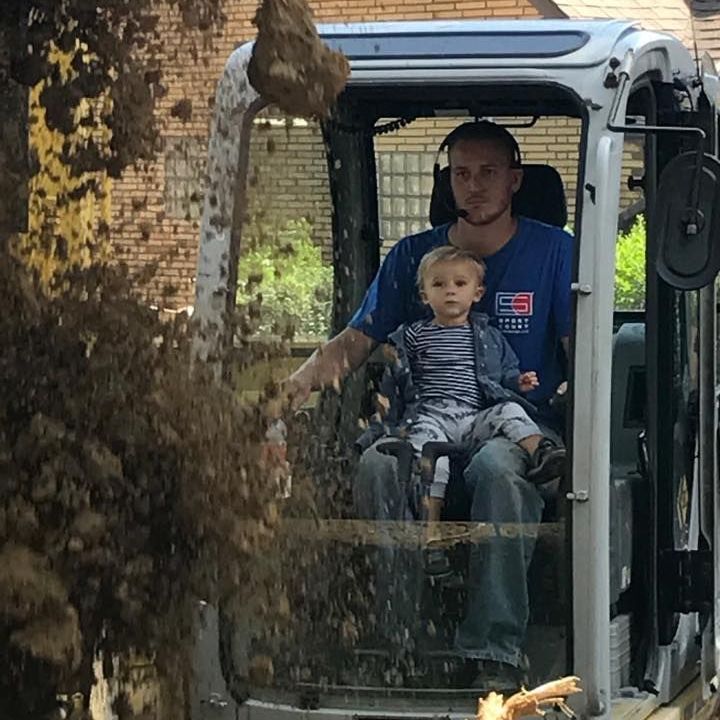
Author: Jay Nagy
Owner & Founded of J Bird's Landscaping. 18+ Years of experience in Pittsburgh lawn cutting, patio installation, trucking/hauling, French drain installation, and other landscape/design services.
More Posts from J Bird's Landscaping
